In order to generate a more inclusive dataset of Pseudomonas genes mapped to putative in-paralogs and putative orthologs in other Pseudomonas species/strains, we developed a Pseudomonas Orthologous Groups classification system.
To generate ortholog groups, pair-wise DIAMOND searches were run on all genomes in the database to find reciprocal best hits (RBHs) for each gene. These analyses often resulted in multiple candidate genes for RBH status, which were narrowed down by examining the similarity between the query's flanking genes and the hit's flanking genes. If two candidate genes were directly adjacent, they where both accepted as RBHs that involve putative in-parology.
Pairwise intra-genome DIAMOND searches were also performed to acquire in-paralog information (i.e. gene duplications occurring after species divergence). If two genes in one genome were reciprocally more similar to each other than to any gene in the other genomes, the two genes were designated putative in-paralogs. Ortholog groups are built by starting with a seed gene and then adding all genes to which there is a RBH or in-paralog relationship.
Every new gene added to an ortholog group was then treated as a seed gene and the addition process was repeated until all qualifying genes had been added. The result was the development of orthologous groups, specifically generated for Pseudomonas species genomes, which can be used to sort search results.
Pseudomonas Ortholog Group POG003135
| Strain | Locus Tag | Description | Same-Strain Members | Fragment ? | |
|---|---|---|---|---|---|
| Pseudomonas moraviensis R28-S | PMO01_09270 |
chromophore maturation protein PvdP
|
1 member |
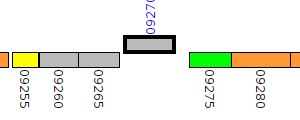
|
|
| Pseudomonas mosselii DSM 17497 - Assembly GCF_000621225.1 | Q380_RS0128240 |
PvdJ/PvdD/PvdP-like protein
|
1 member |

|
|
| Pseudomonas mosselii SJ10 - Assembly GCF_000498975.2 | O165_RS04205 |
PvdJ/PvdD/PvdP-like protein
|
1 member |
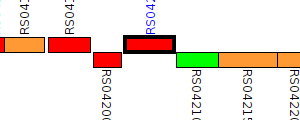
|
|
| Pseudomonas otitidis LNU-E-001 | CR65_RS0105625 |
PvdJ/PvdD/PvdP-like protein
|
1 member |

|
|
| Pseudomonas parafulva CRS01-1 | NJ69_RS04600 |
PvdJ/PvdD/PvdP-like protein
|
1 member |
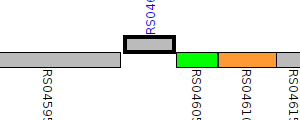
|
|
| Pseudomonas parafulva NBRC 16636 = DSM 17004 - Assembly GCF_000425765.1 | H619_RS0103980 |
PvdJ/PvdD/PvdP-like protein
|
1 member |
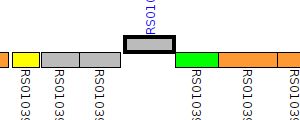
|
|
| Pseudomonas parafulva NBRC 16636 = DSM 17004 - Assembly GCF_000730645.1 | PPA02S_RS03535 |
PvdJ/PvdD/PvdP-like protein
|
1 member |
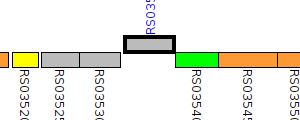
|
|
| Pseudomonas parafulva YAB-1 | XB13_RS08275 |
PvdJ/PvdD/PvdP-like protein
|
1 member |

|
|
| Pseudomonas plecoglossicida NyZ12 | RK21_RS04295 |
chromophore maturation protein PvdP
|
1 member |

|
|
| Pseudomonas poae RE*1-1-14 | H045_09865 |
hypothetical protein
|
1 member |

|
|
| Pseudomonas protegens CHA0 - Assembly GCF_000397205.1 | PFLCHA0_c41450 |
hypothetical protein
|
1 member |
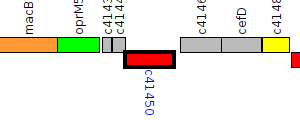
|
|
| Pseudomonas putida BIRD-1 | PPUBIRD1_1638 |
hypothetical protein
|
1 member |
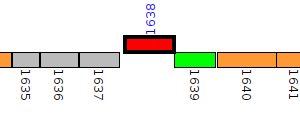
|
|
| Pseudomonas putida DLL-E4 | DW66_RS20395 |
PvdJ/PvdD/PvdP-like protein
|
1 member |

|
|
| Pseudomonas putida GB-1 | PputGB1_3784 |
hypothetical protein
|
1 member |
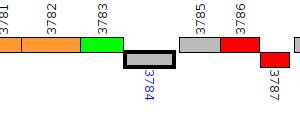
|
|
| Pseudomonas putida H | AC138_RS23175 |
hypothetical protein
|
1 member |

|
|
| Pseudomonas putida H8234 | L483_23405 |
chromophore maturation protein PvdP
|
1 member |
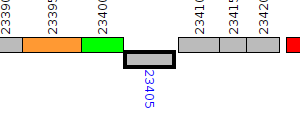
|
|
| Pseudomonas putida HB3267 | B479_17970 |
hypothetical protein
|
1 member |
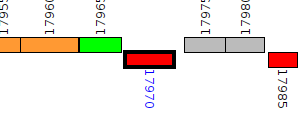
|
|
| Pseudomonas putida KG-4 | V520_RS11780 |
PvdJ/PvdD/PvdP-like protein
|
1 member |

|
|
| Pseudomonas putida LS46 - Assembly GCF_000294445.2 | PPUTLS46_019726 |
hypothetical protein
|
1 member |
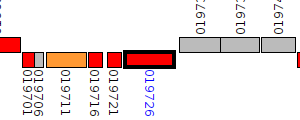
|
|
| Pseudomonas putida NBRC 14164 - Assembly GCF_000412675.1 | PP4_15470 |
PvdP protein
pvdP |
1 member |
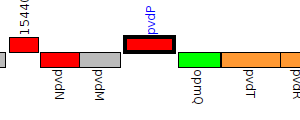
|